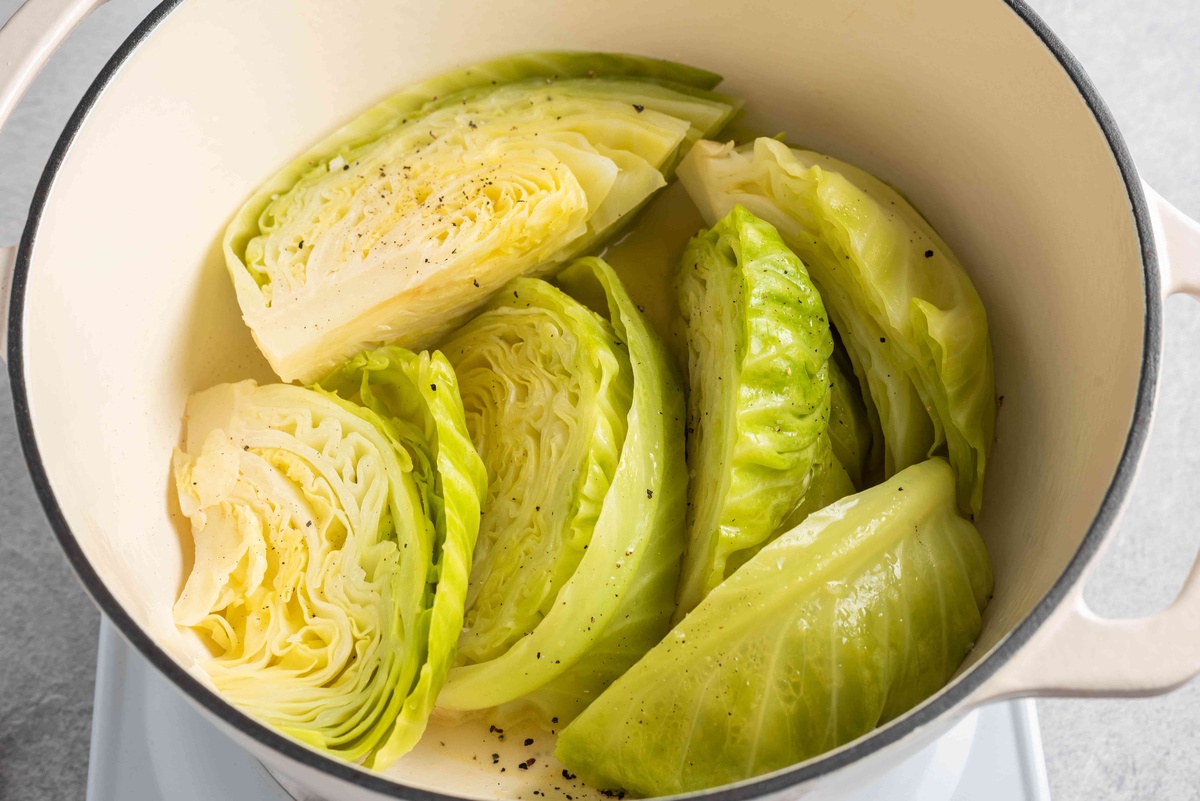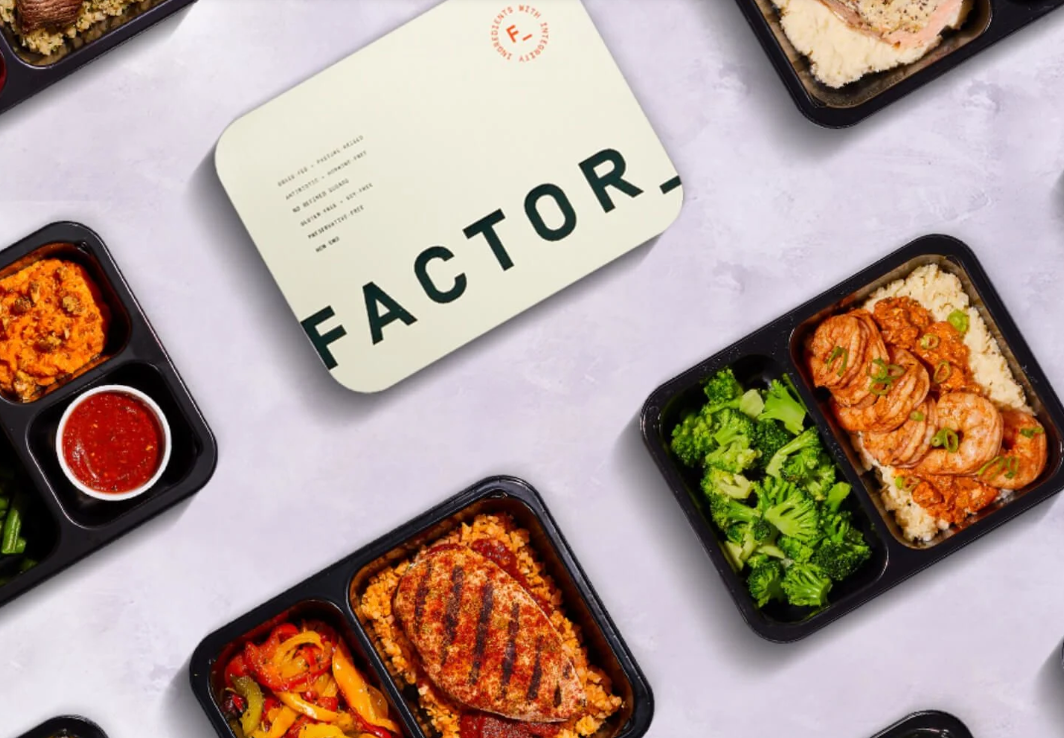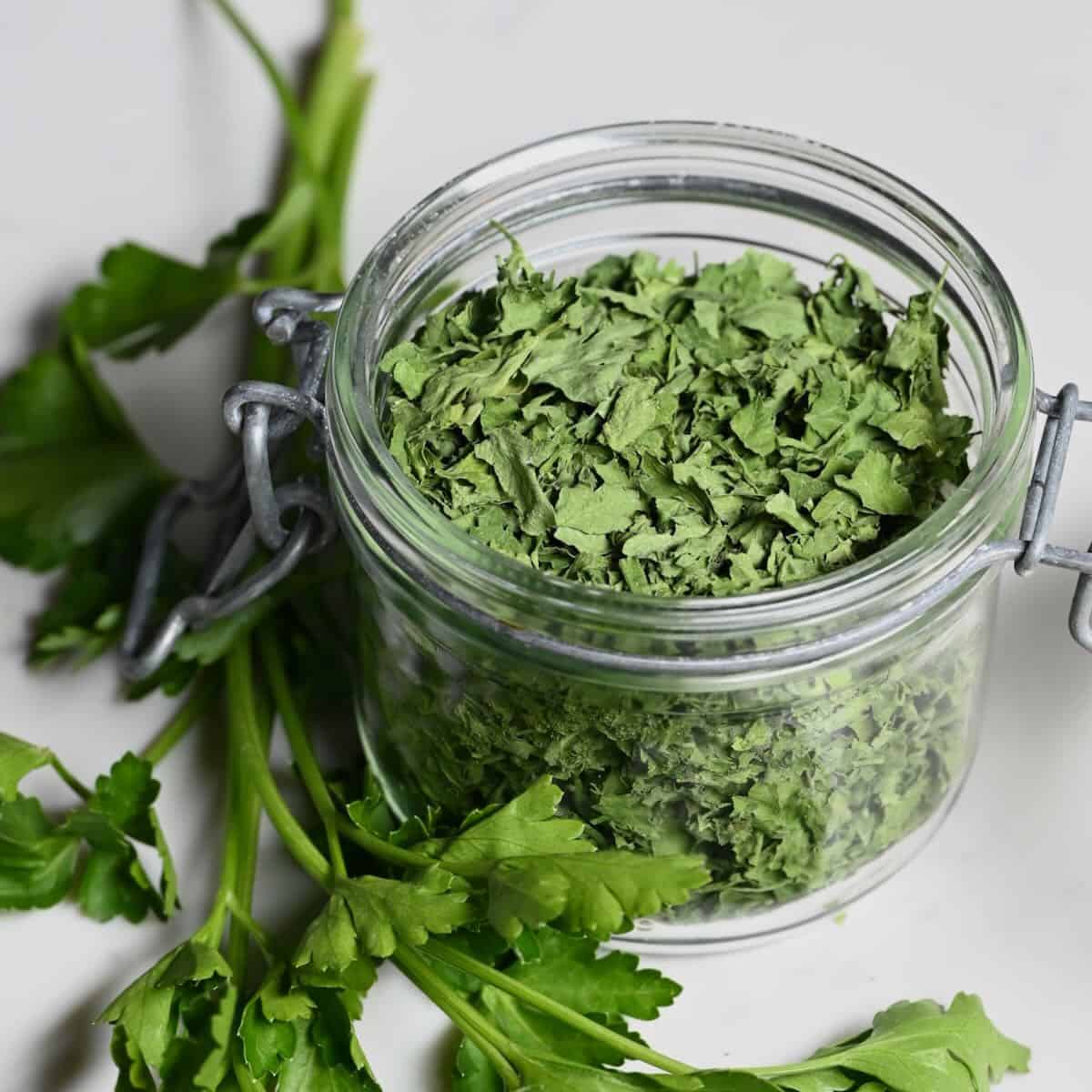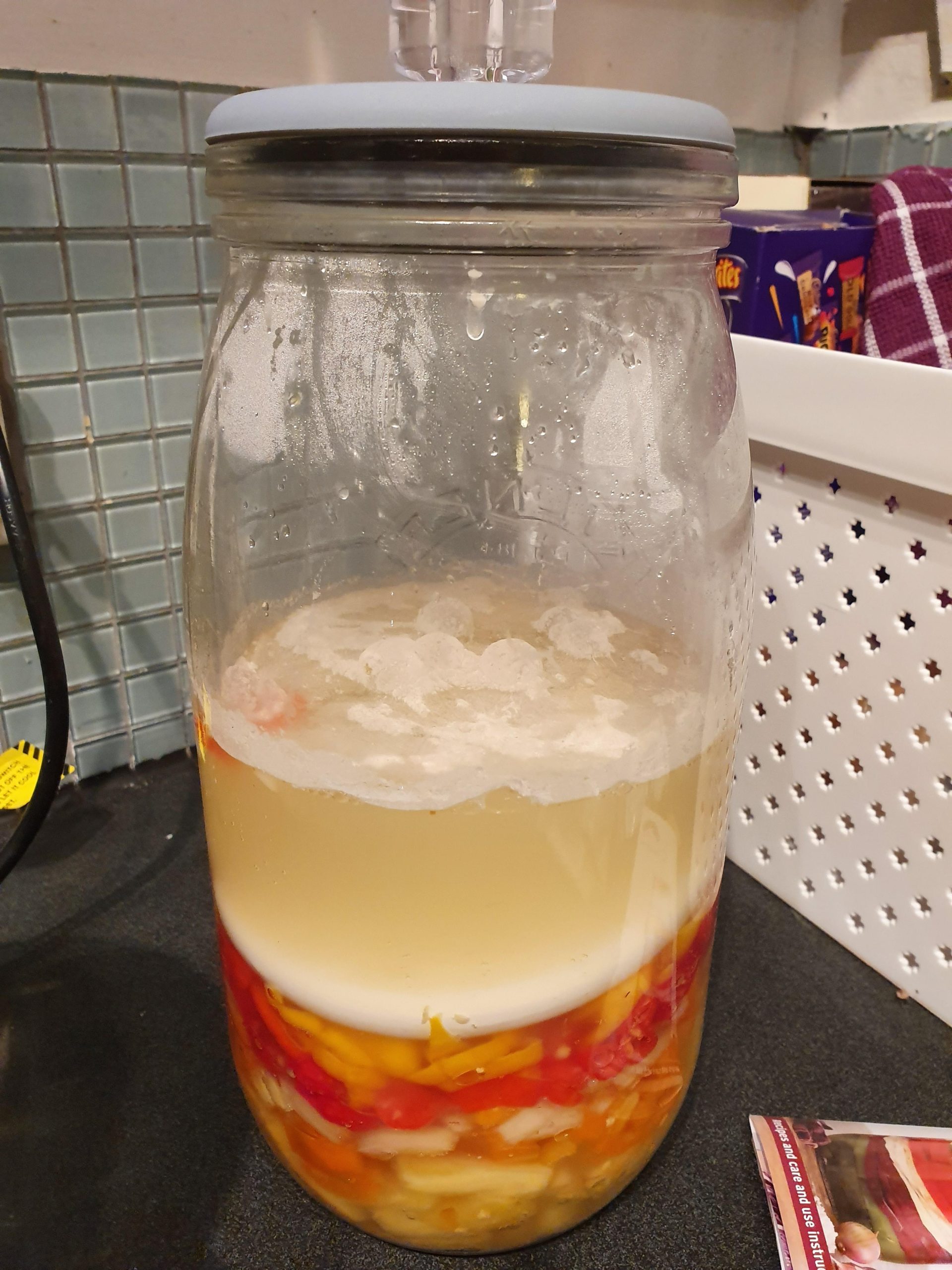Can You Freeze Cooked Cabbage? Discover Safe Storage
– Cabbage can be frozen and preserved for months
– The flavor of the cabbage remains unchanged, but the texture becomes softer after thawing
– Frozen cabbage should be used in cooked dishes such as sauteed cabbage, boiled cabbage, soups, and stews
– Cut cabbage lasts in the refrigerator for 3 to 5 days
– Cabbage can be blanched before freezing to retain color and texture
– Procedure to freeze cabbage: shred the cabbage, blanch it for 30 seconds to 1 minute, rinse under cold water, pat dry, flash freeze on a baking sheet for 1 hour, transfer to a container or bag, seal, and mark a “Use by” date 3 months in the future
– Frozen cabbage can be used directly from the freezer in cooked dishes, but not in salads or coleslaw.
– It is recommended to use frozen cabbage within 3 to 6 months, as the flavor may degrade over time.
– Cabbage is a nutritious and inexpensive vegetable that can be enjoyed raw or cooked. It is a source of vitamin C and fiber, low in calories and fat, and contains antioxidants and phytochemicals.
– Different types of cabbage are available in Canada throughout the year, including green cabbage for soups and stews, purple cabbage for pickled dishes and salads, and Napa cabbage for stir-frying.
– Local cabbage can be purchased at grocery stores or farmer’s markets to support local farmers. When buying cabbage, choose firm and heavy heads with fresh and crisp-looking leaves.
– Cabbage can be stored in the refrigerator for up to two weeks, and cooked cabbage should be refrigerated and used within 3-5 days.
– Fresh or cooked cabbage can also be frozen for 10-12 months.
– To cook cabbage, remove outer leaves and shred it before microwaving, pickling, baking, steaming, stir-frying, or boiling.



